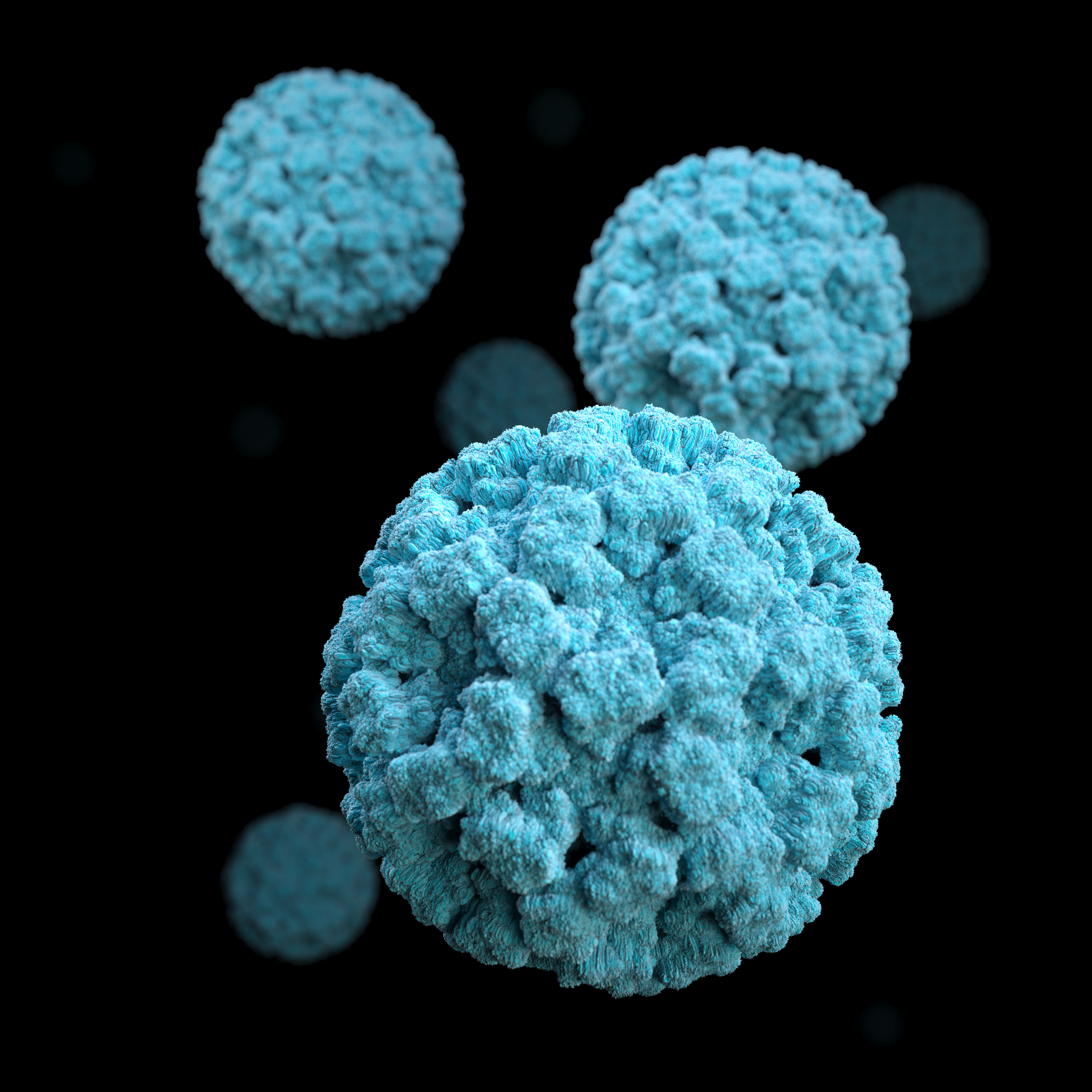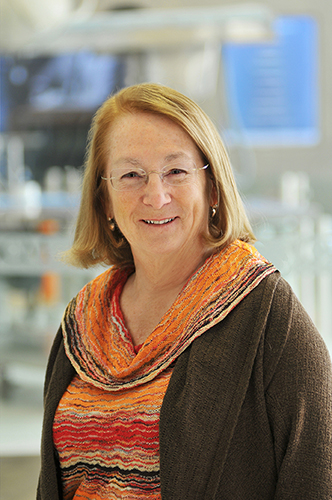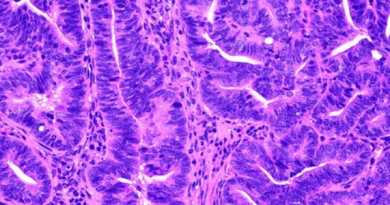Come on in: Bile acids open the door to norovirus infection
Some people call it the cruise ship virus, but norovirus can be found in many other places. People can catch this very contagious virus from an infected person, contaminated food or water or by touching contaminated surfaces. The virus causes acute gastroenteritis – the stomach and/or the intestines get inflamed, and this leads to stomach pain, nausea, diarrhea and vomiting. Noroviruses are the leading cause of foodborne illness.

Teams of researchers around the world have been working for more than four decades to find a way to grow this virus in the lab. Success came in 2016 from the laboratory of Dr. Mary K. Estes at Baylor College of Medicine, where she and her colleagues grew, for the first time, noroviruses in laboratory cultures of human intestinal epithelial cells.
This work, published in Science, represents a major step forward in the study of human gastroenteritis viruses because it is allowing researchers to explore and develop procedures to prevent and treat infection and to better understand norovirus biology.
“In the Science paper, we showed that bile, a yellowish fluid produced by the liver that helps digest fats in the small intestine, was key to successfully culturing certain strains of norovirus in the lab,” said Victoria R. Tenge, graduate student of molecular virology and microbiology in the Estes’s lab. “The work discussed here (of which Tenge is co-first author) shows the results of our continuing investigations to identify the bile components that are involved in promoting norovirus infection.”


The researchers worked with human enteroids, a laboratory model of human intestinal cells that retains properties of the small intestine and is physiologically active.
“Mini-guts, as we call them, closely represent actual small intestine tissue, and, importantly, they support norovirus growth, allowing researchers to study how this virus causes disease,” said co-first author Dr. Umesh Karandikar, a research scientist in the Estes lab.
Creating a stage that favors viral infection
The researchers discovered that bile acids and ceramide in bile were necessary for viral infection.

“Interestingly, we also discovered that bile acids stimulated the process of endocytosis in mini-guts, which was not previously appreciated. Endocytosis is a normal cellular process that cells use to acquire materials from their environment,” said corresponding author, Dr. Mary K. Estes, Cullen Foundation Endowed Professor Chair of Human and Molecular Virology at Baylor College of Medicine and emeritus founding director of the Texas Medical Center Digestive Diseases Center.
Their findings led the researchers to propose that as bile acids activate endocytosis, they create a stage that norovirus takes advantage of by riding along with it to enter the cells and subsequently replicate, causing disease.

“This strategy works well for a food-borne virus,” said co-first author Dr. Kosuke Murakami, who was working in the Estes lab during most of this project. He is currently at the National Institute of Infectious Diseases in Tokyo. “As people ingest food, the body’s normal response is to secrete bile into the small intestine. Noroviruses contaminating food piggyback on this natural bodily response to invade cells in the small intestine, replicate and cause disease.”
Working with mini-guts not only showed new insights into how norovirus causes disease, but also revealed that bile acids stimulate the basic biological process of endocytosis in the small intestine, which had not been reported before.
“Our findings suggest the possibility that modulating the amount of bile acids and/or ceramide could help reduce norovirus infection,” Tenge said.
“This strategy might be particularly helpful to people who have norovirus infections for months, even years,” Karandikar said.
Interested in reading all the details of this study? Find it in Proceedings of the National Academy of Sciences.
Other contributors to this work include Shih-Ching Lin, Sasirekha Ramani, Khalil Ettayebi, Sue E. Crawford, Xi-Lei Zeng, Frederick H. Neill, B. Vijayalakshmi Ayyar, Kazuhiko Katayama, David Y. Graham, Erhard Bieberich and Robert L. Atmar. The authors are affiliated with one or more of the following institutions: Baylor College of Medicine; National Institute of Infectious Diseases, Japan; Kitasato University, Japan; Michael E. DeBakey VA Medical Center and University of Kentucky.
Financial support for this project can be found here.



